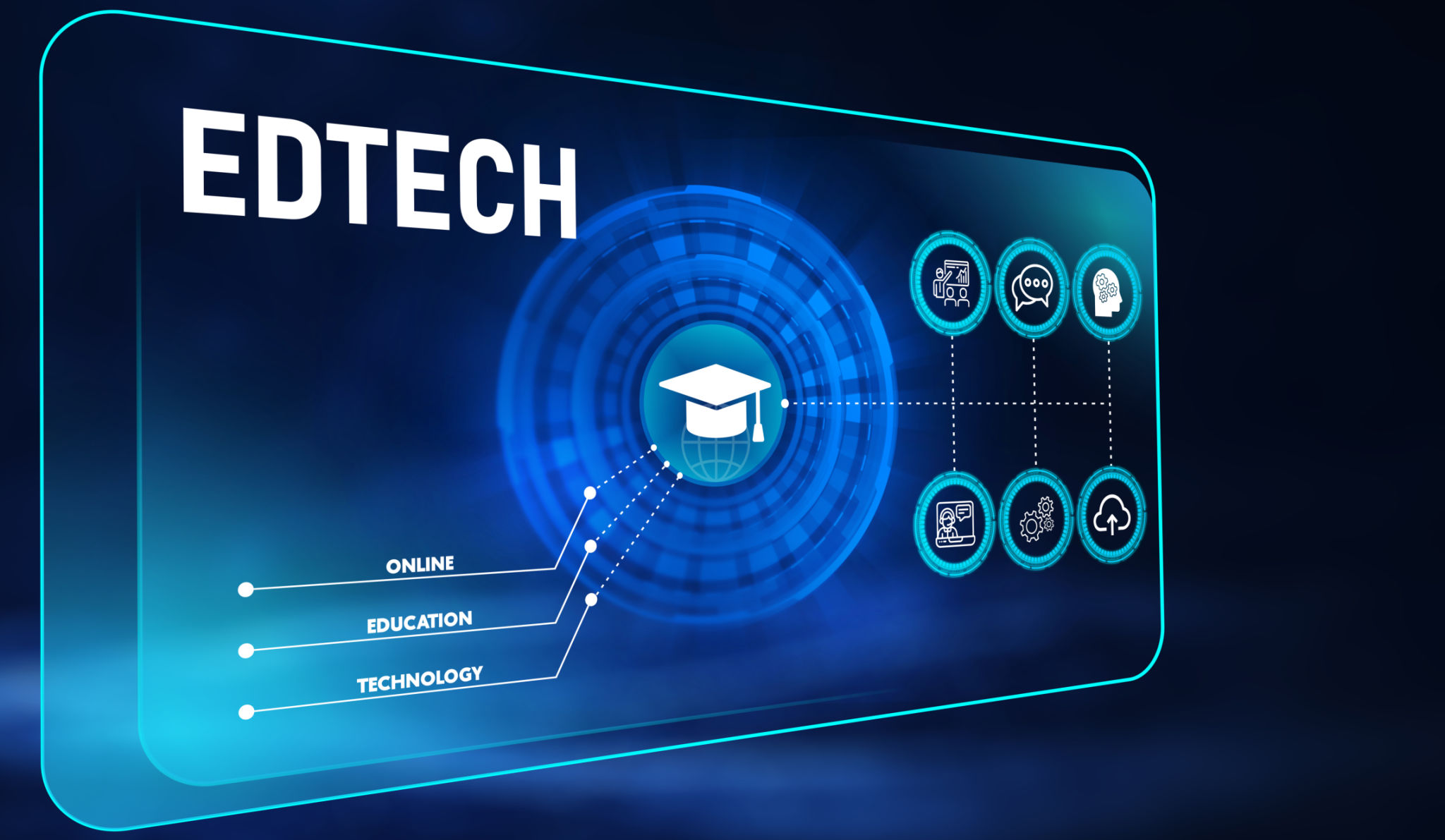Common Misconceptions About Educational Technology: Debunking Myths
Understanding Educational Technology
In today's rapidly evolving educational landscape, technology plays a pivotal role in enhancing learning experiences. However, despite its benefits, educational technology is often surrounded by misconceptions that can hinder its effective implementation. In this blog post, we will debunk some of the most common myths about educational technology to help educators and learners embrace it with confidence.

Myth 1: Technology Replaces Teachers
One prevalent misconception is that educational technology aims to replace teachers. In reality, technology is designed to complement and support teachers, not replace them. By automating administrative tasks and providing personalized learning experiences, technology allows educators to focus more on teaching and mentoring. Teachers remain crucial in guiding students and fostering critical thinking skills.
Myth 2: All Educational Technology is Expensive
Another myth is that incorporating technology into education is prohibitively expensive. While some advanced tools and systems do come with high costs, there are numerous affordable or even free options available. Open-source software, free educational apps, and online resources provide cost-effective solutions that schools and educators can leverage without straining budgets.

Myth 3: Technology Leads to Distraction
Many believe that introducing technology in classrooms leads to student distraction. However, when used appropriately and integrated with engaging content, technology can enhance student focus and motivation. Interactive lessons and multimedia presentations often make learning more enjoyable and memorable, reducing the likelihood of distraction.
Myth 4: All Students Are Tech-Savvy
It's a common misconception that all students today are naturally tech-savvy. While younger generations may be more familiar with digital devices, this does not mean they automatically possess the skills needed for effective educational technology use. Educators need to provide guidance and training to help students develop digital literacy and critical thinking skills.

Myth 5: Educational Technology Guarantees Success
Some believe that simply implementing educational technology will guarantee academic success. However, the effectiveness of technology in education depends on how it is used. It requires thoughtful integration into curricula, teacher training, and ongoing assessment to truly benefit student learning outcomes. The key is to align technology use with educational goals.
Conclusion: Embracing Technology Wisely
Debunking these myths is crucial for maximizing the potential of educational technology. By understanding its true role and possibilities, educators can create dynamic and effective learning environments. Embracing technology wisely means leveraging its strengths while remaining aware of its limitations, ensuring it acts as a valuable ally in education.
